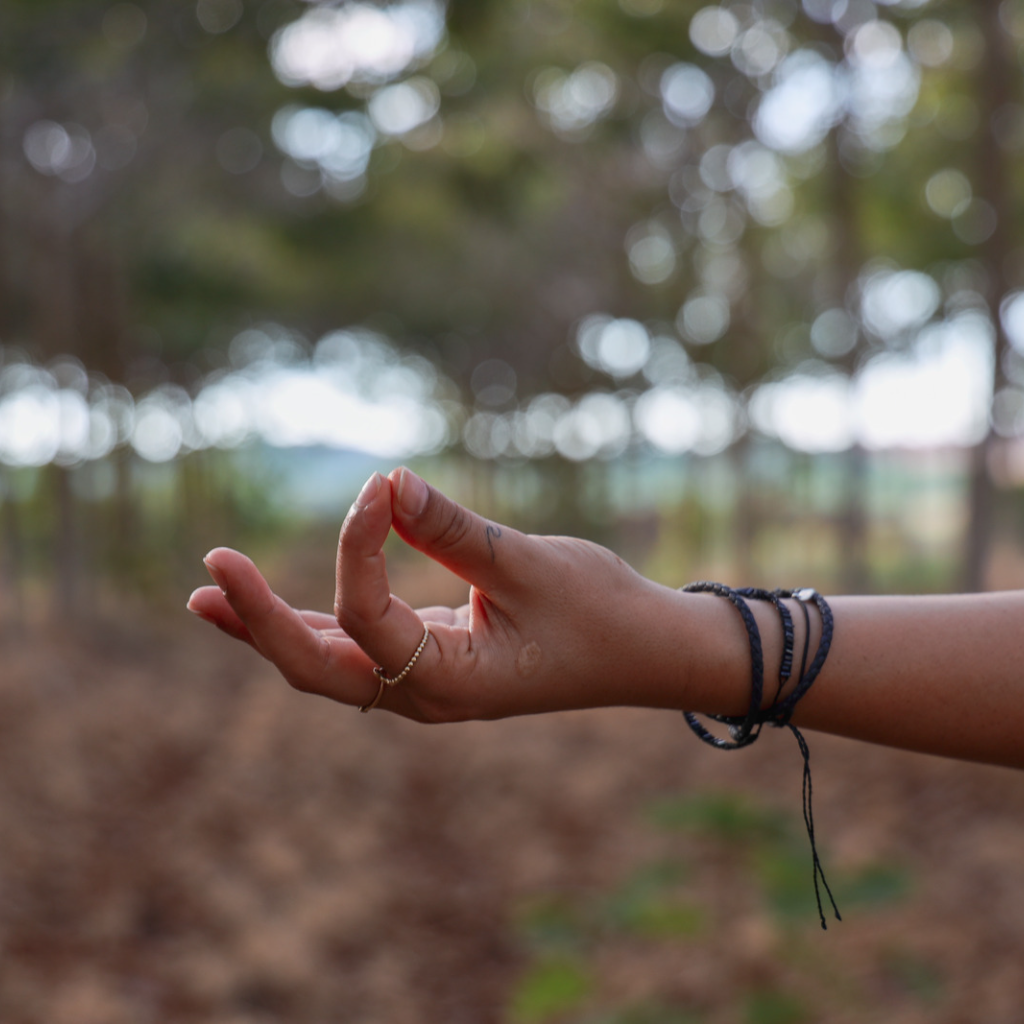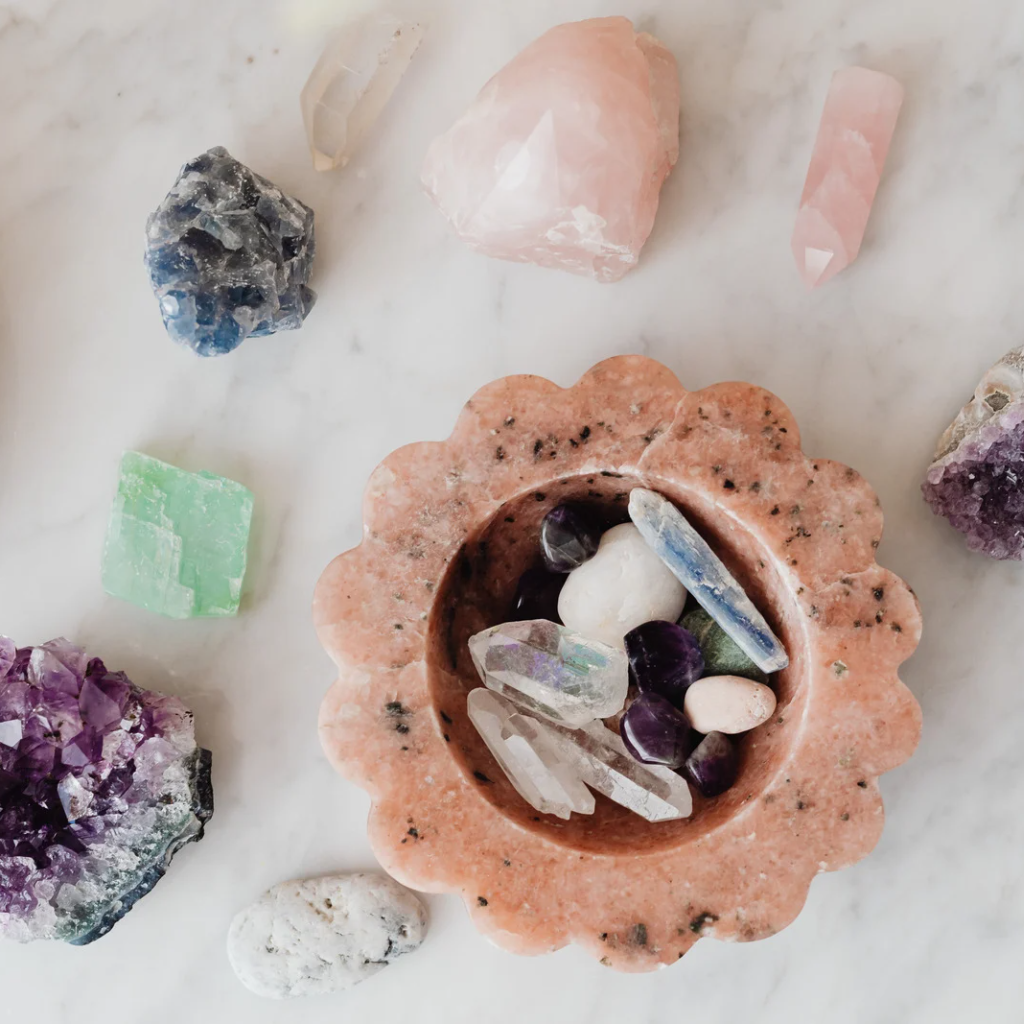What Are the Ayurveda Doshas? Vata, Kapha, and Pitta Explained
 Ayurveda is an ancient system of medicine that originated in India thousands of years ago. One of the key concepts in Ayurveda is the three doshas, or energies, that govern our physical, mental, and emotional well-being. These doshas are Vata, Kapha, and Pitta. Understanding your dosha can help you achieve optimal health and wellness. In this blog, we will explain each dosha and provide tips and examples of how to balance them.
Ayurveda is an ancient system of medicine that originated in India thousands of years ago. One of the key concepts in Ayurveda is the three doshas, or energies, that govern our physical, mental, and emotional well-being. These doshas are Vata, Kapha, and Pitta. Understanding your dosha can help you achieve optimal health and wellness. In this blog, we will explain each dosha and provide tips and examples of how to balance them.
Vata Dosha
Vata is the dosha associated with the elements of air and ether. It governs movement and communication in the body, and is responsible for the following functions:
- Movement of the muscles and joints
- Communication in the nervous system
- Circulation of blood and lymph
- Elimination of waste from the body
When Vata is in balance, you will feel energetic, creative, and enthusiastic. However, when it is out of balance, you may experience anxiety, insomnia, constipation, or dry skin. Here are some tips and examples of how to balance Vata:
- Eat warm, nourishing foods such as soups, stews, and cooked vegetables.
- Drink warm beverages such as herbal tea or warm water with lemon.
- Practice gentle exercise such as yoga, tai chi, or walking.
- Stay warm and avoid exposure to cold, windy, or dry weather.
- Use grounding essential oils such as cedarwood, frankincense, or patchouli.
Kapha Dosha
Kapha is the dosha associated with the elements of water and earth. It governs stability and structure in the body, and is responsible for the following functions:
- Lubrication of the joints
- Moistening of the skin and mucous membranes
- Regulating the immune system
- Maintaining healthy weight and metabolism
When Kapha is in balance, you will feel grounded, calm, and nurturing. However, when it is out of balance, you may experience weight gain, lethargy, congestion, or depression. Here are some tips and examples of how to balance Kapha:
- Eat light, warm, and spicy foods such as soups, stews, and chili.
- Drink hot beverages such as ginger tea or hot water with lemon and honey.
- Practice vigorous exercise such as running, biking, or dancing.
- Stay active and avoid sedentary activities such as watching TV or sitting for long periods.
- Use invigorating essential oils such as peppermint, eucalyptus, or citrus.
Pitta Dosha
Pitta is the dosha associated with the elements of fire and water. It governs transformation and metabolism in the body, and is responsible for the following functions:
- Digestion of food and elimination of waste
- Regulation of body temperature
- Maintenance of healthy skin and eyes
- Perception of sensory input
When Pitta is in balance, you will feel focused, sharp, and decisive. However, when it is out of balance, you may experience anger, inflammation, acidity, or skin rashes. Here are some tips and examples of how to balance Pitta:
- Eat cool, sweet, and hydrating foods such as fruits, salads, and smoothies.
- Drink cool beverages such as coconut water or herbal iced tea.
- Practice calming exercise such as yoga, meditation, or swimming.
- Stay cool and avoid exposure to hot, humid, or intense sunlight.
- Use cooling essential oils such as lavender, chamomile, or rose.
Understanding your dosha can help you achieve optimal health and wellness. By following the tips and examples provided for each dosha, you can balance your energy and promote physical, mental, and emotional harmony.
It is important to note that everyone has a unique combination of doshas, with one or two typically being dominant. By understanding your dosha, you can make informed choices about your diet, lifestyle, and self-care practices to maintain balance and promote optimal health. Consulting with an Ayurvedic practitioner can also be helpful in determining your dosha and developing a personalized plan for optimal wellness.


Leave a comment